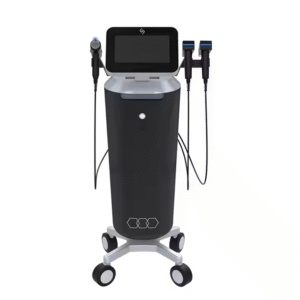Acne Scar Removal
Acne scar removal encompasses a variety of medical, cosmetic, and skincare techniques aimed at reducing the appearance of scars left behind by acne. These scars can vary in type, including atrophic scars (such as ice – pick, boxcar, and rolling scars) caused by tissue loss, and hypertrophic or keloid scars resulting from excessive collagen production during the healing process.
Treatment options for acne scar removal often involve procedures like laser resurfacing, where high – energy laser beams ablate the outer layers of the skin, stimulating collagen remodeling and promoting new, smoother skin growth. Chemical peels use chemical solutions to exfoliate the top layers of the skin, reducing the prominence of scars and improving skin texture. Microneedling creates tiny punctures in the skin, triggering the body’s natural healing response and collagen synthesis, which can gradually soften and fill in acne scars.
Dermal fillers can also be injected into atrophic scars to physically raise the depressed areas, making them more level with the surrounding skin. Additionally, subcision, a surgical technique that severs the fibrous bands pulling down on atrophic scars, may be combined with other methods to enhance results. Topical treatments with ingredients like retinoids can also play a role in gradually improving the appearance of acne scars over time by promoting skin cell turnover and collagen production. The choice of treatment depends on factors such as the type, severity, and location of the scars, as well as an individual’s skin type and overall health.
Showing the single result

